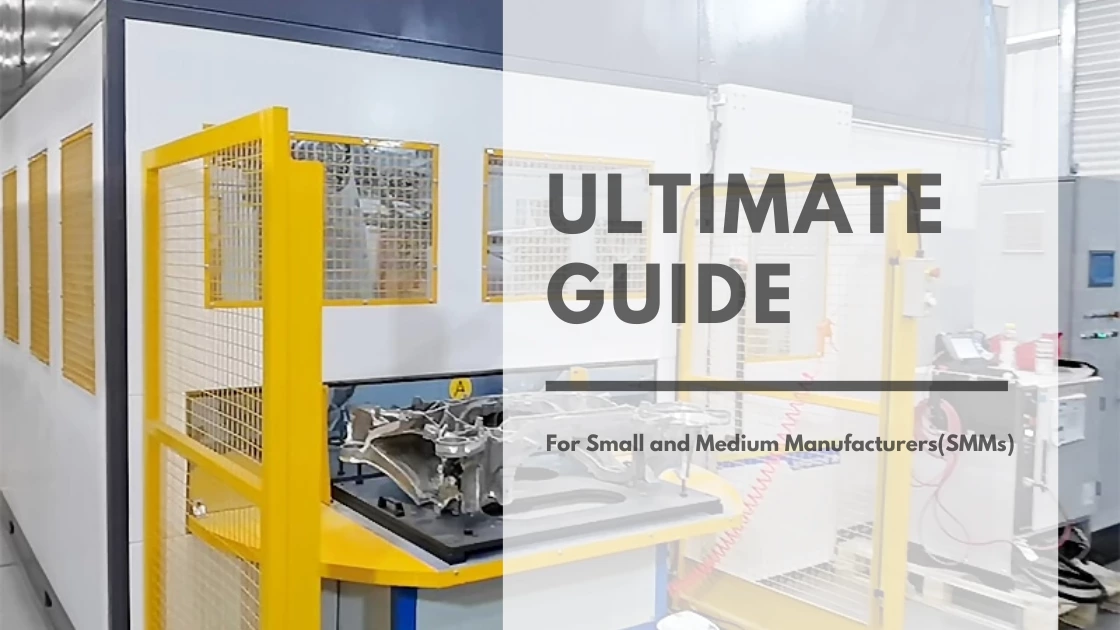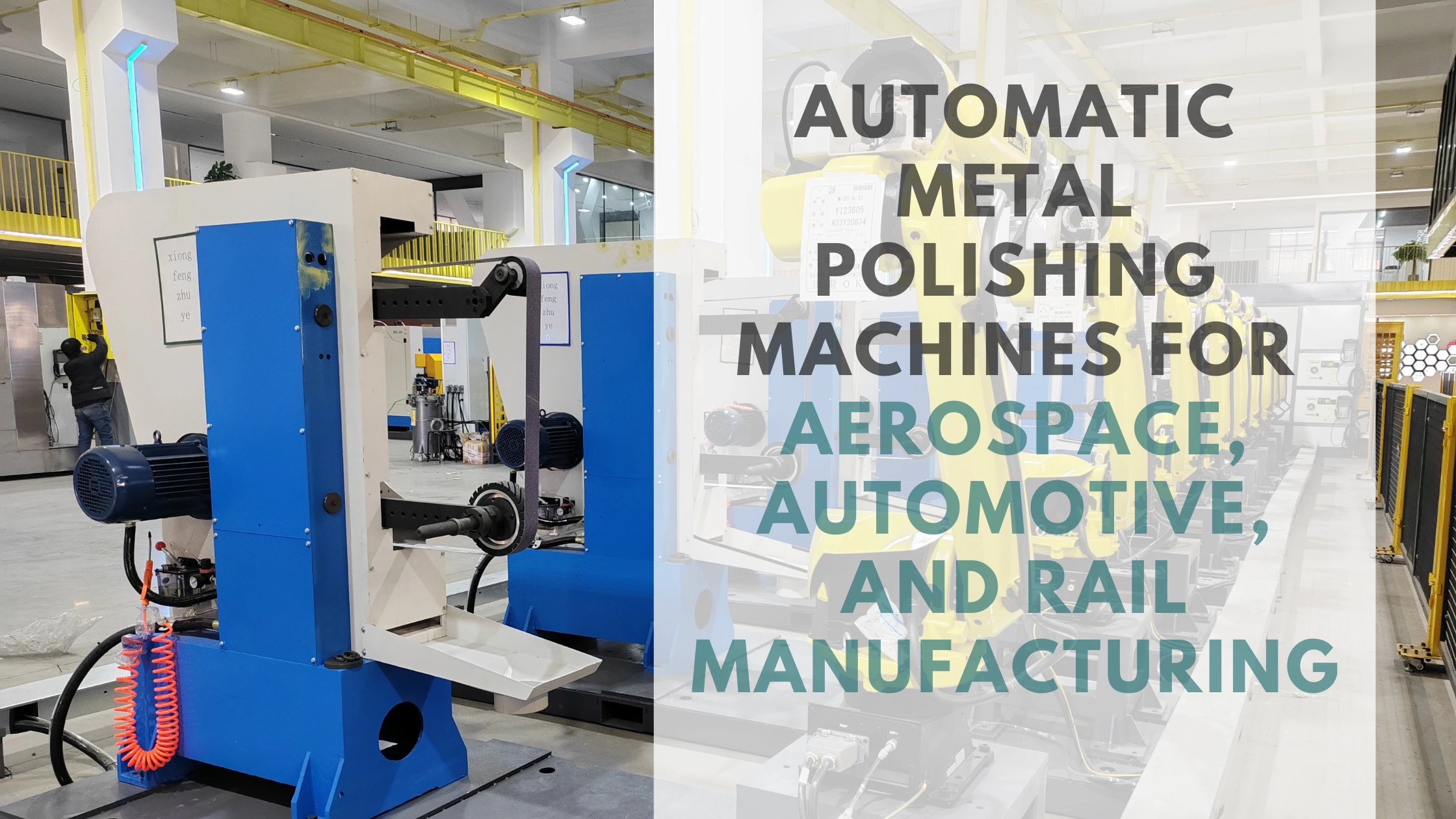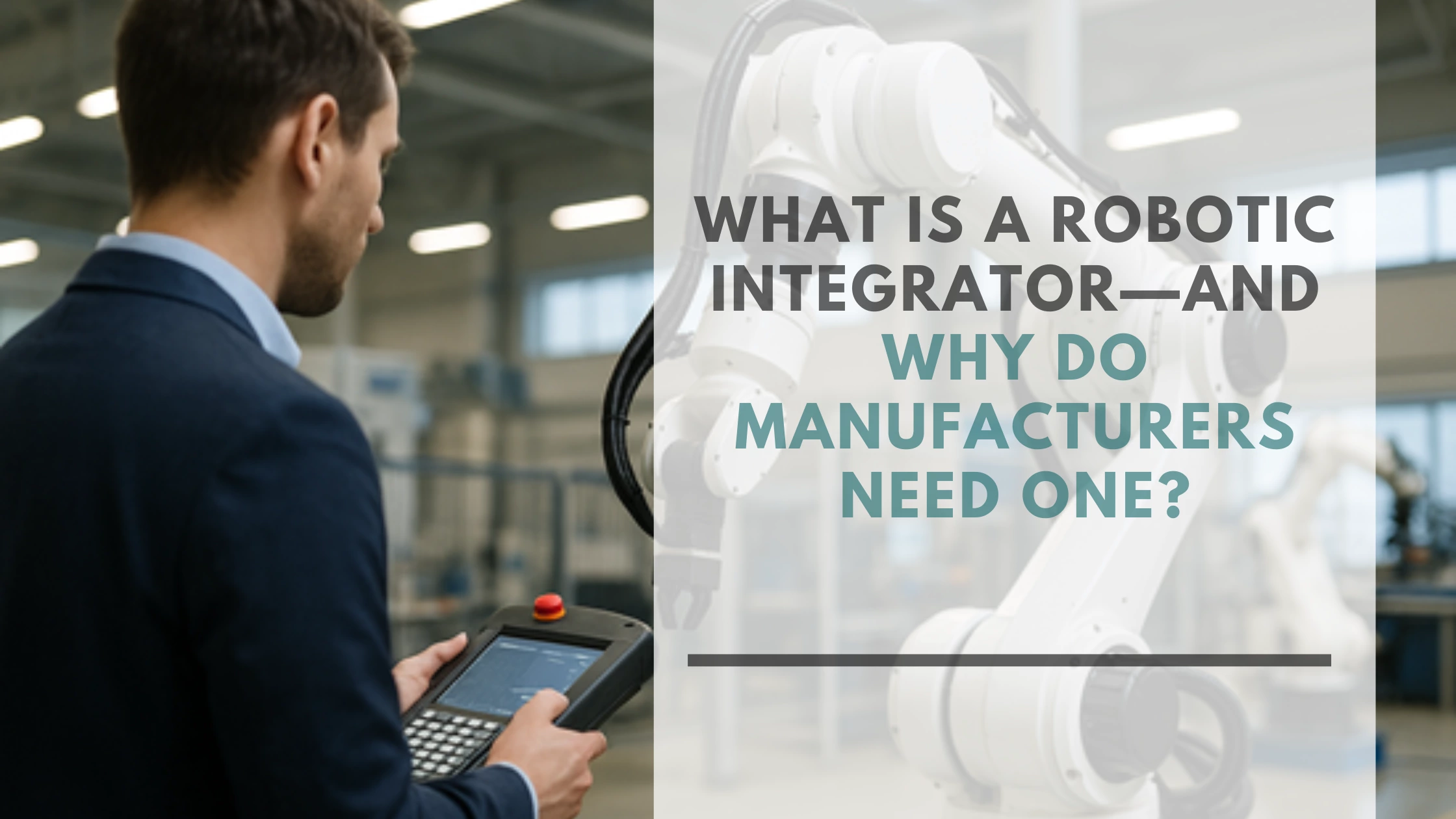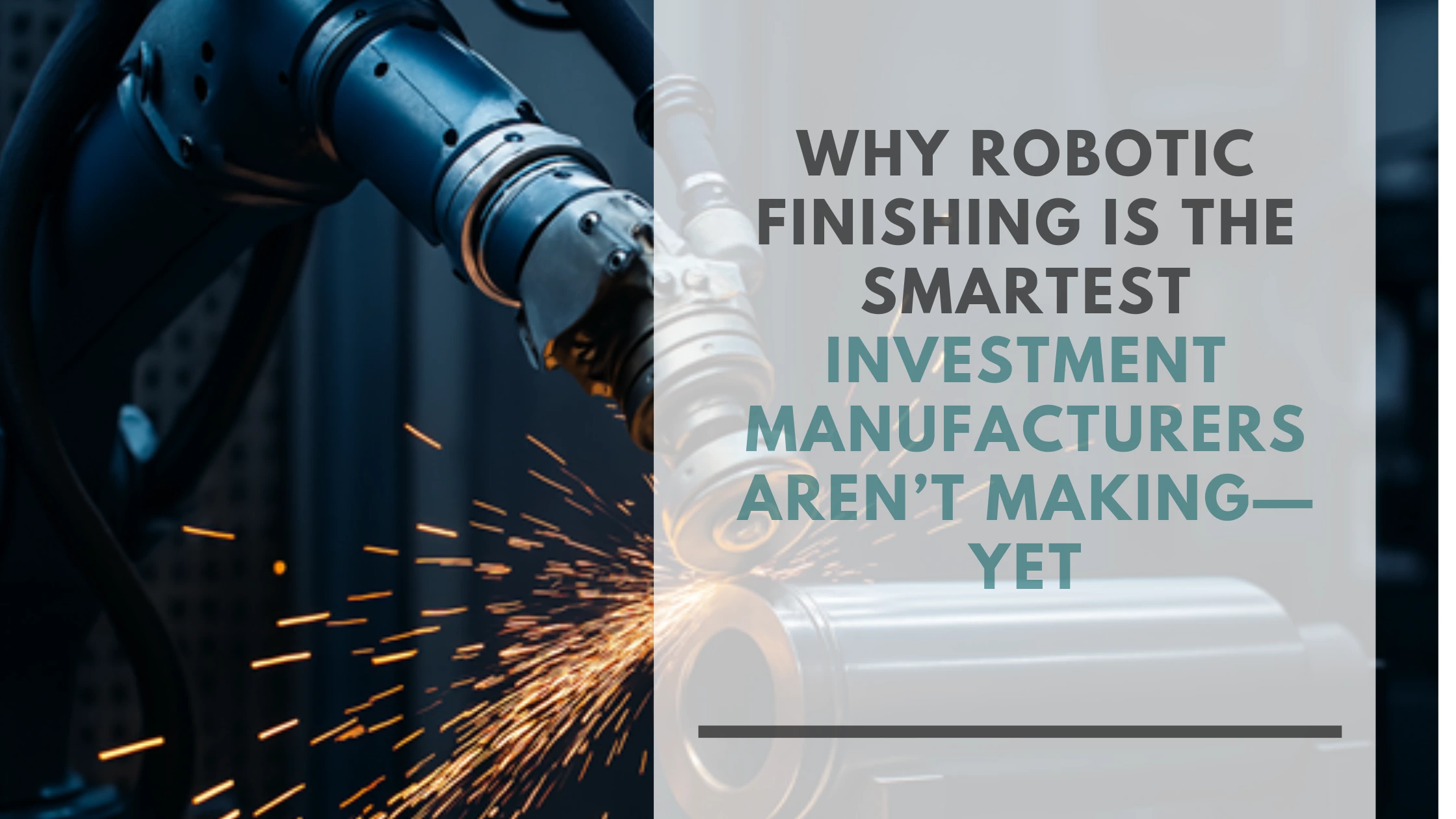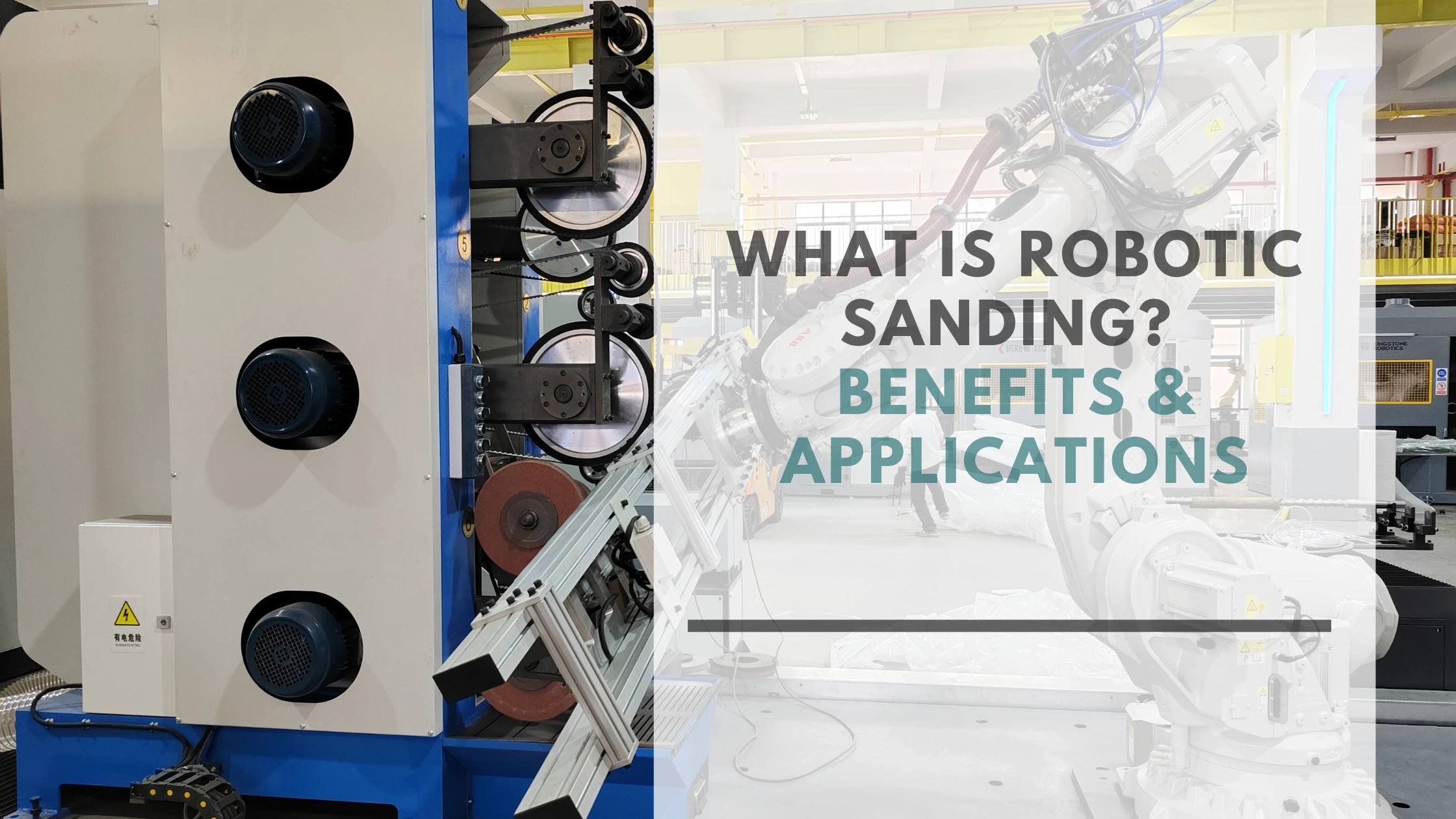How Robotic Polishing Enhances Worker Safety and Manufacturing Efficiency
In the high-intensity world of industrial finishing, operator safety and consistent product quality are two sides of the same coin. Manual polishing and grinding may seem straightforward—but they come with steep risks: from ergonomic injuries and exposure to airborne particles to inconsistent results and rising labor costs.
As automation becomes a manufacturing imperative, robotic polishing systems are playing a critical role not only in improving productivity—but in making work environments safer and more sustainable.
At Kingstone Robotics, we don’t just build robotic polishing systems. We build systems that are designed to solve real-world problems in grinding and surface finishing—from labor shortages to industrial accidents—while maintaining the highest standards in precision, consistency, and output.
Here’s how robotic polishing can protect your workforce while transforming your manufacturing floor.
1. Reduce Repetitive Strain and Physical Fatigue
Manual sanding and polishing require sustained force, awkward posture, and repetitive movement—leading to musculoskeletal disorders, especially over long shifts. These injuries are costly, both in terms of productivity loss and worker well-being.
Kingstone's robotic arms—equipped with six-axis motion and advanced motion control—can replicate human polishing movements without the fatigue. These systems are programmed to maintain consistent trajectories and applied pressure, ensuring both ergonomic safety and processing accuracy.
2. Control Dust, Debris, and Toxic Exposure
Polishing generates fine dust, abrasive residue, and chemical vapors, creating a hazardous environment for human workers. Prolonged exposure can lead to respiratory illness and long-term health effects.
That’s why Kingstone’s polishing stations come with fully enclosed grinding cabins, negative-pressure dust collection systems, and automatic chip evacuation—effectively containing harmful particles and maintaining a cleaner, compliant workspace.
Our solutions not only meet but often exceed occupational health standards, ensuring a safer environment without compromising efficiency.
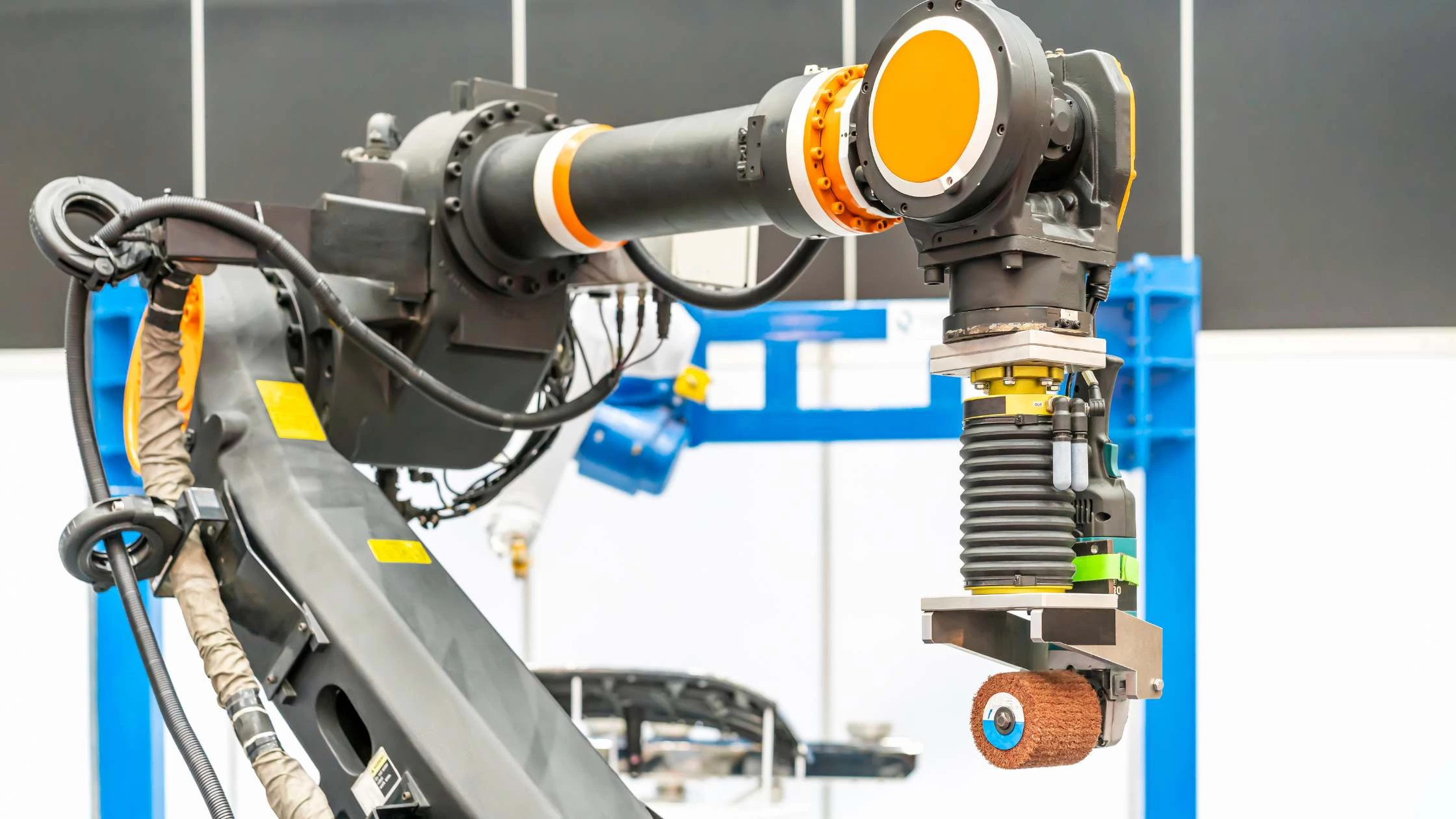
3. Prevent Accidents with Safer Tool Operation
Handheld grinders and polishers pose significant risks—kickbacks, tool breakage, and sudden operator errors can result in serious injuries. By automating tool engagement, disengagement, and wear monitoring, these hazards are effectively minimized.
Kingstone systems feature intelligent force-sensing tools that adapt in real time, preventing tool overload or uncontrolled movement. Additionally, abrasive belt tension is precisely controlled, and breakage detection halts operations before damage occurs.
4. Remove Humans from High-Risk Environments
Heat, vibration, noise, and suspended particles characterize most manual grinding areas. These environments aren’t just uncomfortable—they’re dangerous over time.
With Kingstone automation, operators no longer need to be physically present at the processing point. Instead, they control or monitor robotic workstations from safe, climate-controlled rooms or HMI consoles—removing the operator from harm’s way while retaining full control of quality.
5. Improve Product Uniformity and Minimize Scrap
In manual operations, even skilled technicians experience fatigue, resulting in variable finishes and quality defects. In industries like automotive or aerospace, this is unacceptable.
Kingstone’s robotic systems apply consistent contact force, follow predefined tool paths, and automatically adjust for part variations using closed-loop feedback control. The result? Highly repeatable finishes across every workpiece, shift, and operator.
This consistency directly translates to fewer defects, reduced rework, and enhanced product value.
6. Shorten Training Cycles and Reduce Human Error
Training operators in precision polishing is time-consuming and expensive. Moreover, knowledge gaps often lead to inconsistent execution, especially with complex geometries or exotic materials.
With Kingstone’s user-friendly offline programming and parametric interface, your team can easily generate, test, and execute polishing sequences—without long lead times or manual trial and error. What once required years of experience can now be reproduced with a few clicks.
7. Enable 24/7 Production Without Risk of Burnout
Manual processes are limited by shift length, labor availability, and human fatigue. Robotic systems are not.
Kingstone’s polishing stations are designed for continuous, unattended operation—enabling manufacturers to run third shifts, holiday production, and high-volume orders without sacrificing safety or quality. This not only boosts throughput, but also lowers the unit cost of labor-intensive processes.
8. Align with Evolving Safety Regulations and Industry Standards
Across global manufacturing hubs, governments and industry bodies are enforcing stricter occupational health and safety regulations. From OSHA in the United States to EU directives and China’s own safety mandates, factories are being held to higher standards for dust control, ergonomic safety, and injury prevention.
Robotic polishing not only helps companies comply with these evolving regulations, but also positions them as forward-thinking manufacturers. Kingstone’s systems are designed with built-in safety compliance features, such as interlocked doors, emergency stop zones, and programmable safety logic. This reduces legal risk while improving internal audit readiness.
Moreover, by creating a safer environment, companies gain access to new customers—especially global brands that prioritize EHS (Environmental Health & Safety) compliance in their supply chains.
In today’s global supply network, safety is not a luxury. It’s a market access enabler and a brand equity multiplier.
How Kingstone Robotics Delivers Safer Automation
With over a decade of focus on robotic surface finishing, Kingstone has implemented more than 1,000 polishing and grinding systems across industries like automotive, sanitary ware, medical devices, and die casting.
We design solutions around the unique challenges of our clients’ production lines:
- Inconsistent incoming parts: Floating force control and 3D vision systems solve variation issues.
- Difficult geometries: Multi-tool end effectors and six-axis motion offer full surface coverage.
- Dust and debris: Enclosed booths and active chip removal systems ensure cleanliness and safety.
- Low manpower availability: Fully automated handling and polishing sequences reduce labor dependency.
Whether it’s mirror-finishing aluminum door handles, deburring medical implants, or grinding turbine blades, Kingstone brings unmatched expertise in robotic finishing systems.
Future-Ready Manufacturing Starts with Worker Safety
Modern manufacturers are under pressure to reduce costs, improve product quality, and safeguard their workforce. Robotic polishing achieves all three. It’s not just an investment in equipment—it’s an investment in scalable production, employee well-being, and brand reputation.
At Kingstone Robotics, we’re ready to help you automate responsibly.

